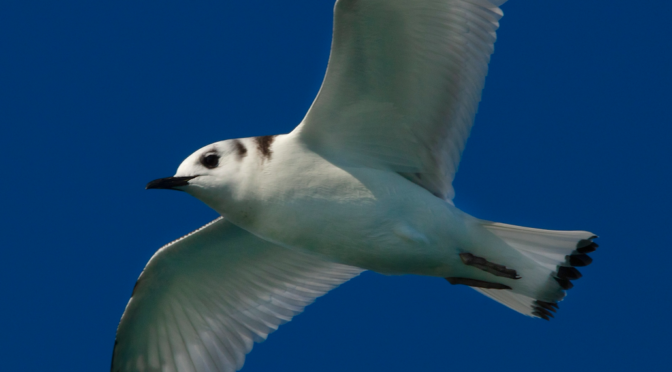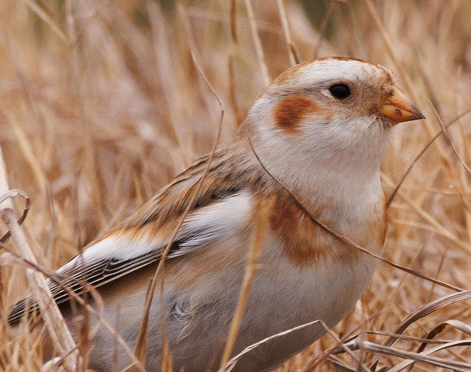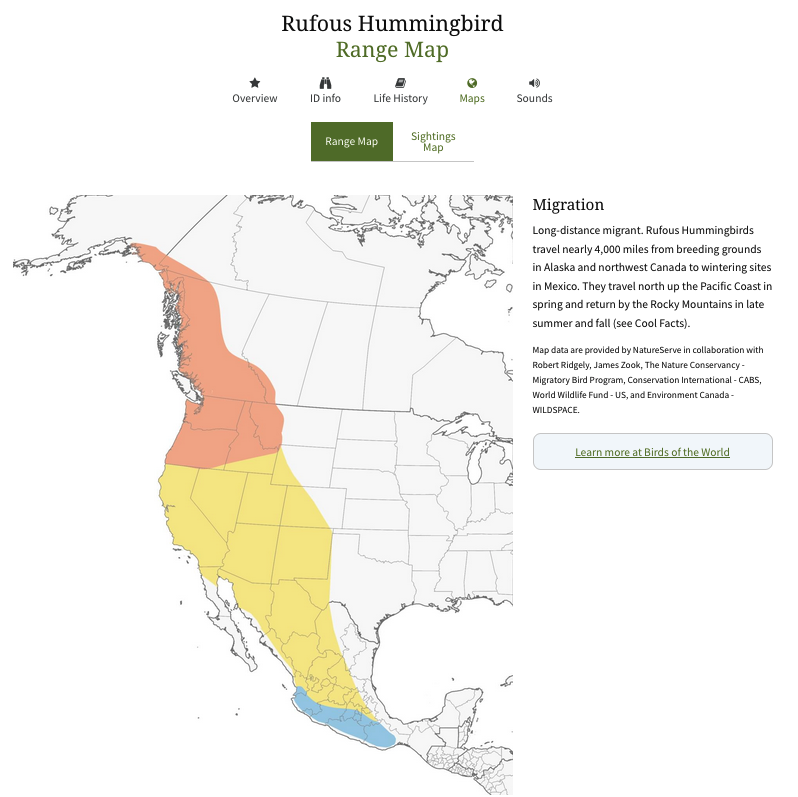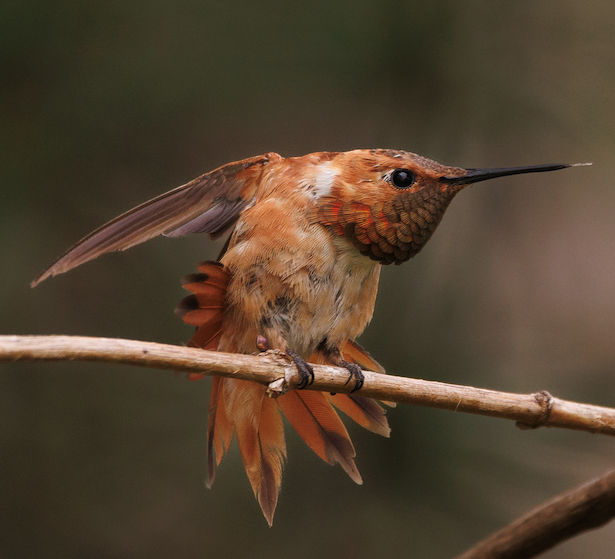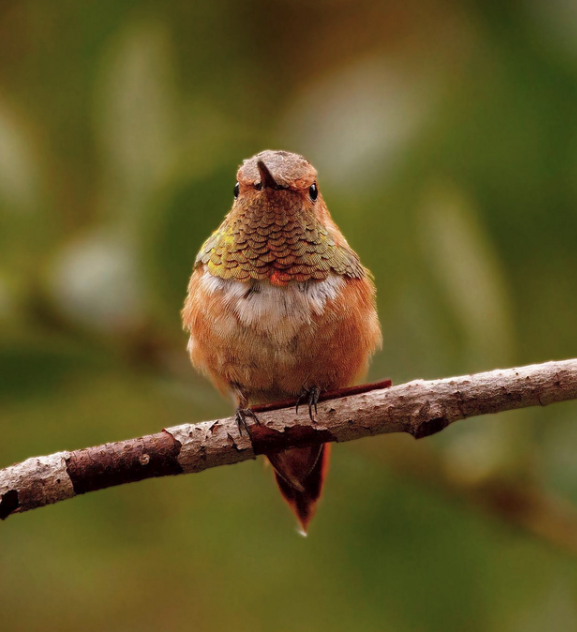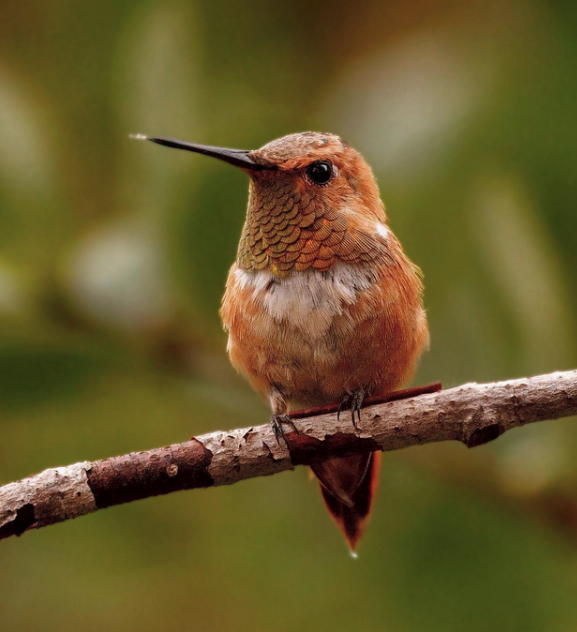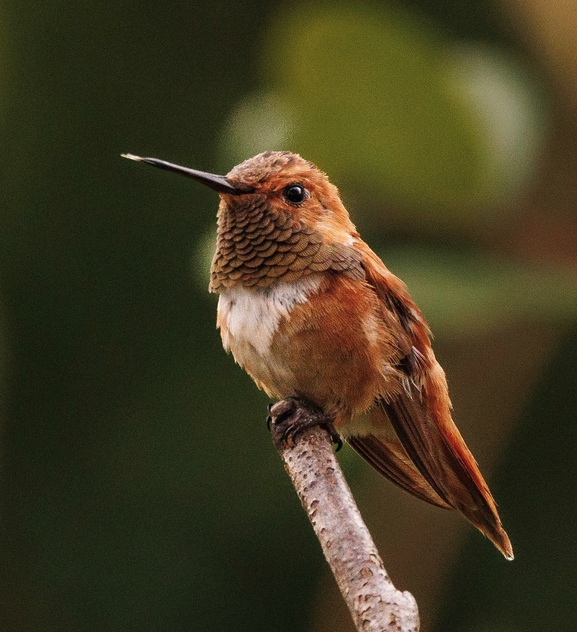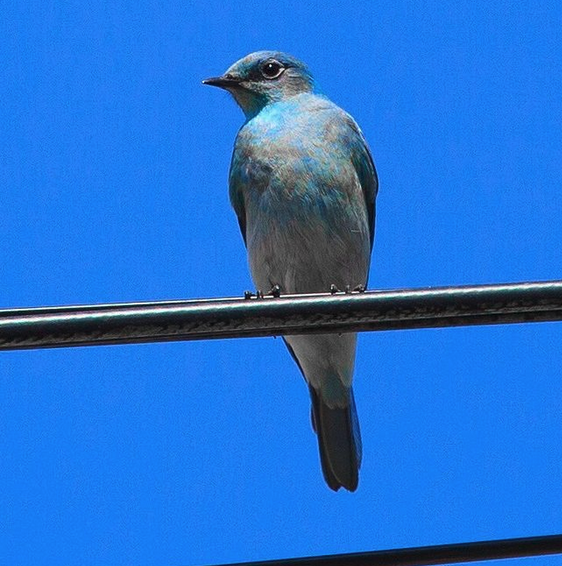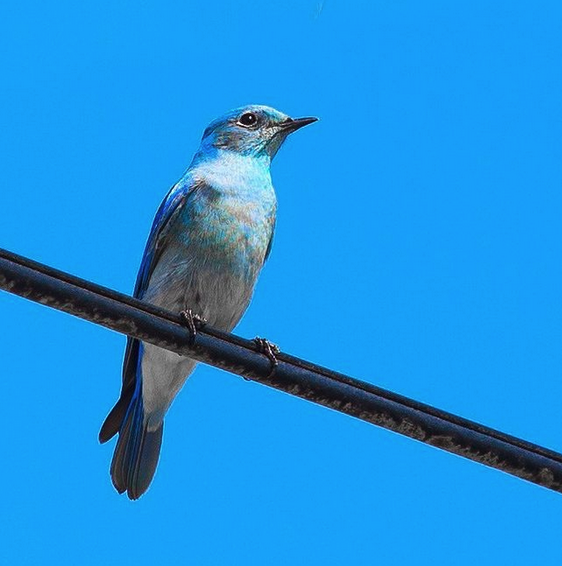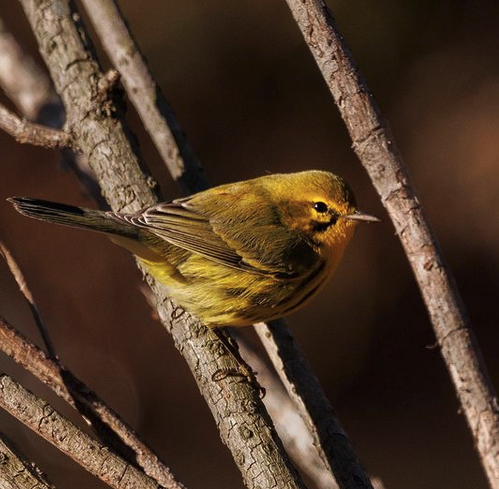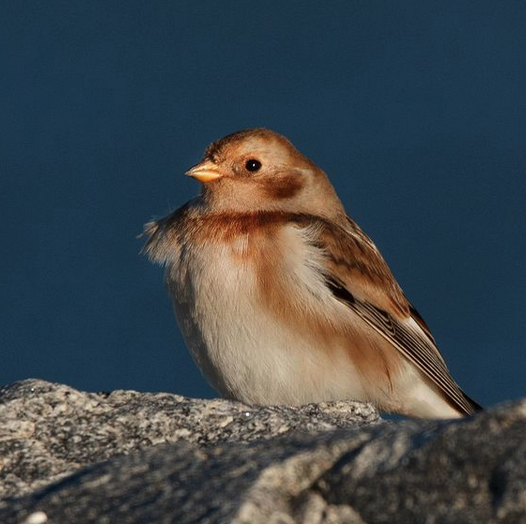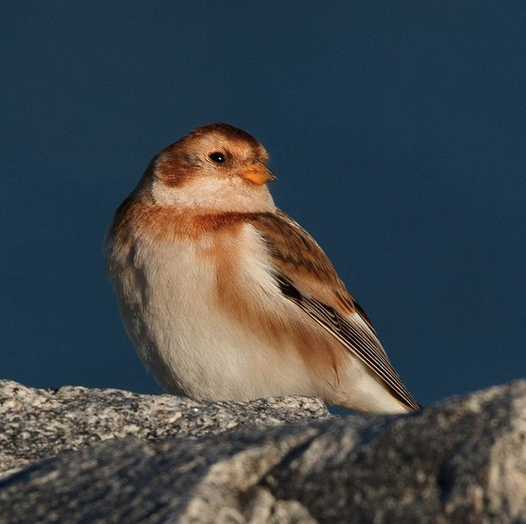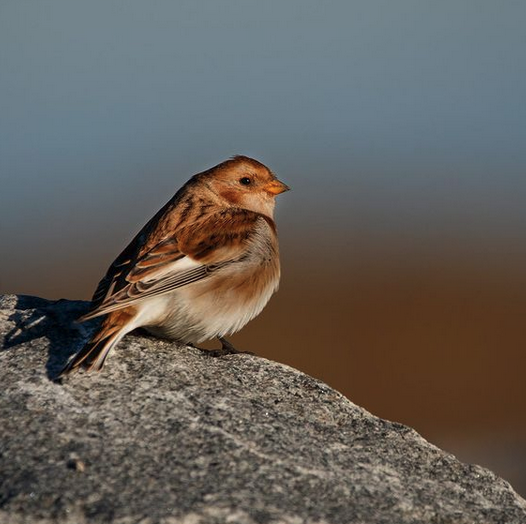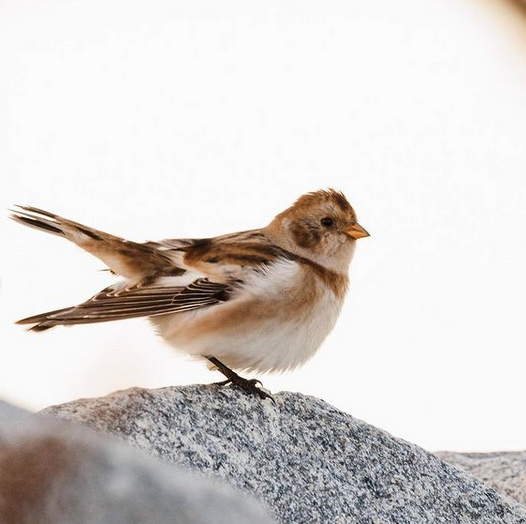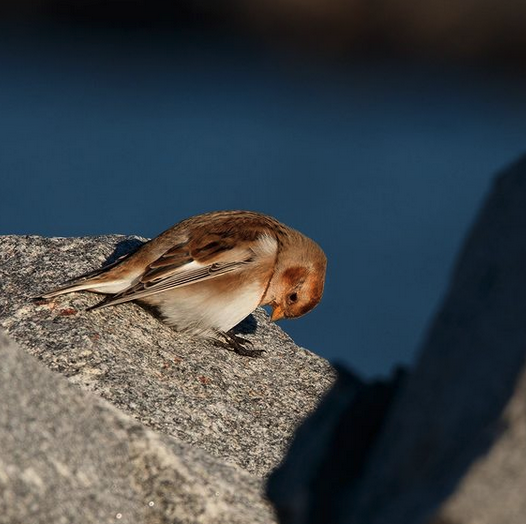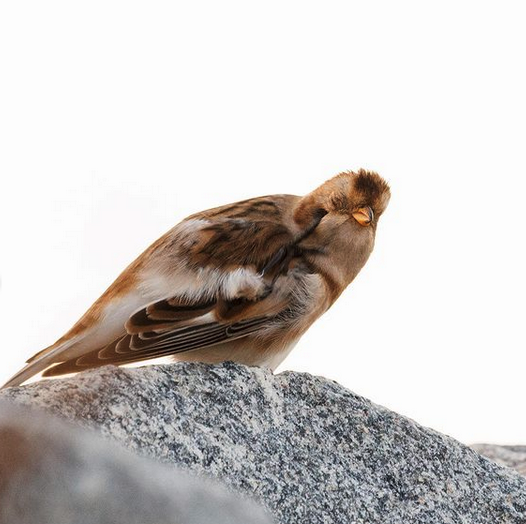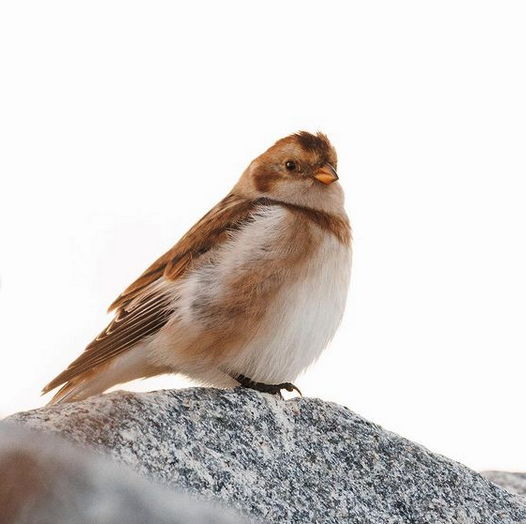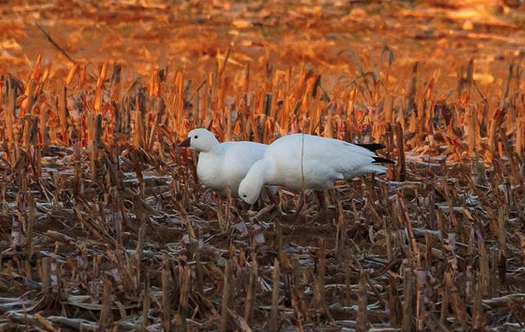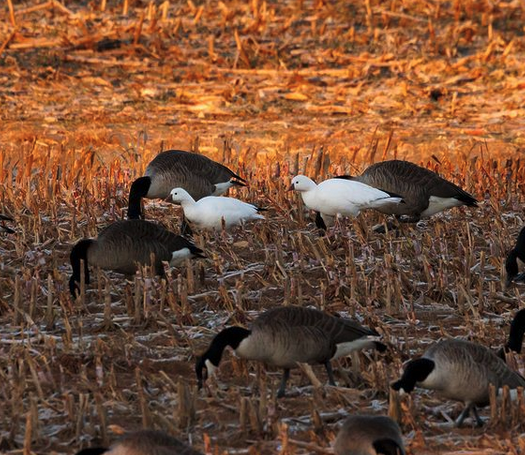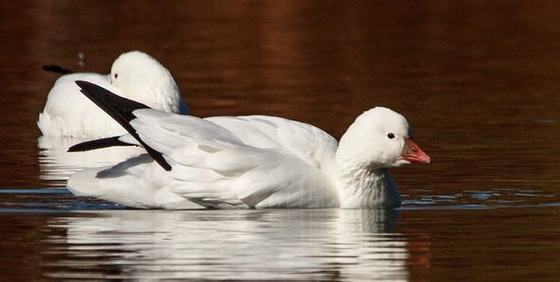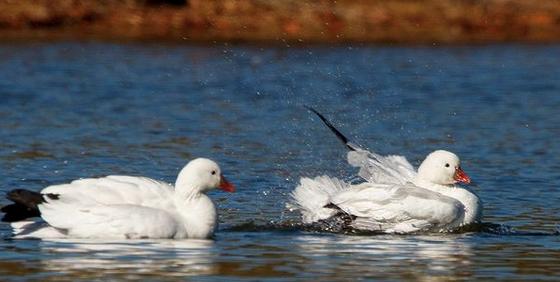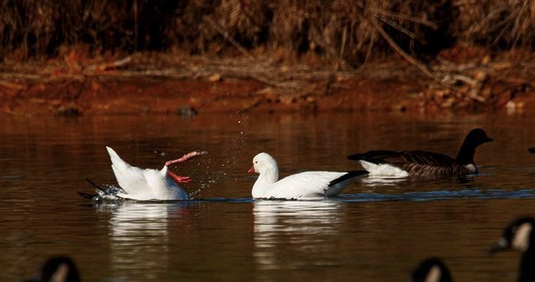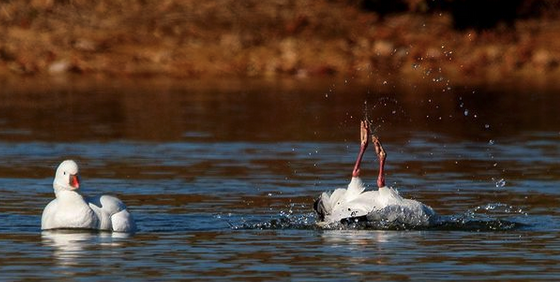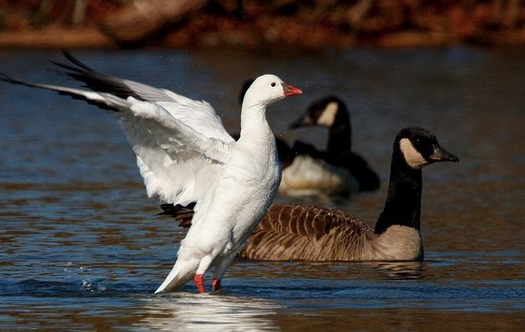By Sally Siko
Just got home after spending the day birding on Wrightsville Beach NC.
I’d set out early this morning with my friend Corie to see if we could lay eyes on a reported Black-legged Kittiwake which had been spotted on Johnnie Mercers Pier.
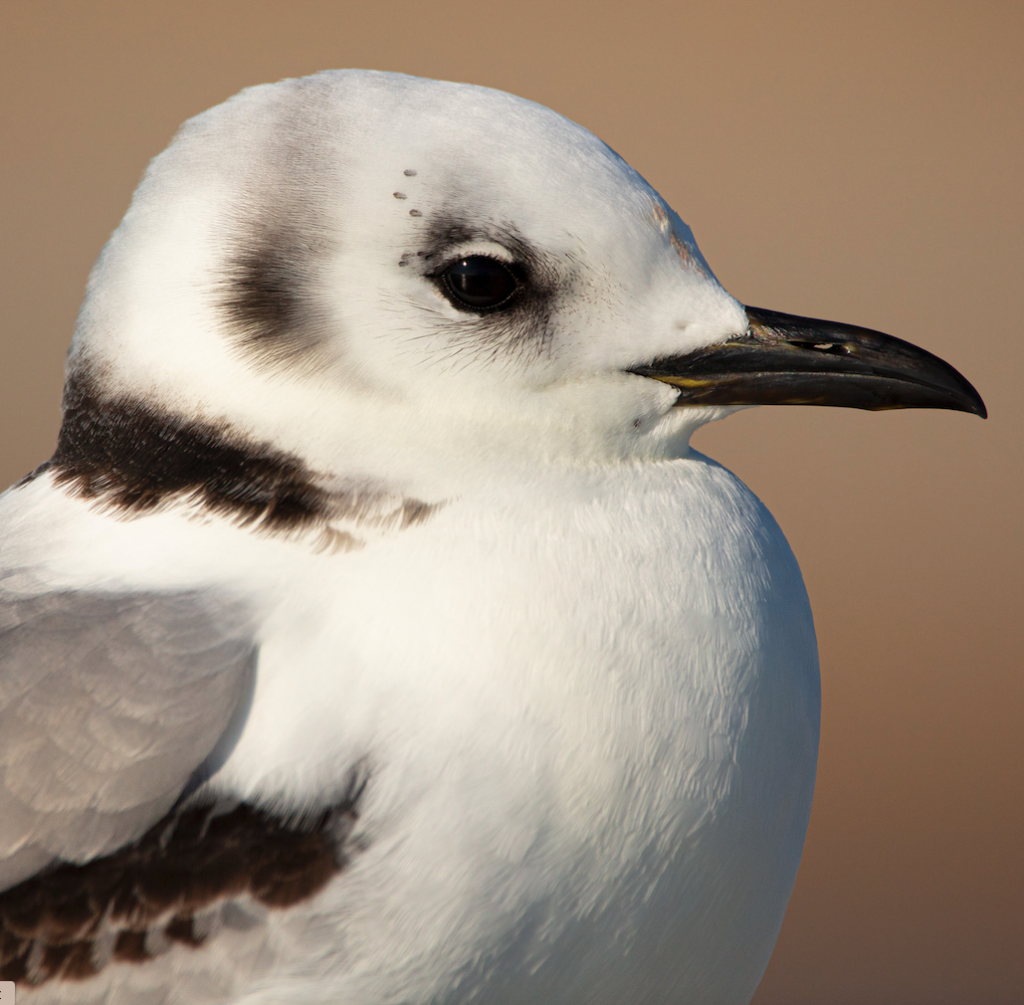
Normally I don’t chase gulls, terns or pelagic species (because the ocean is freak’n huge lol!) and since I live several hours away from the coast, the odds of anyone bird still being in the same spot, are generally slim to none by the time I arrive.
This time was different because the Kittiwake had been observed actually sitting on the pier over the last few days so against my better judgement I said screw it, I’m going lol!
Now I really had my doubts that the bird would still be there so I was really happy to spot this feathered gem swimming right offshore (at very close range!) within 30 seconds onto stepping onto the pier!
Oh my goodness what a relief haha 🙂
I quickly snapped off a bunch of photos of the Kittiwake paddling in the water below and thought that this was the best view I’d get of the bird.
But then, the Kittiwake took off, circled overhead and landed right next to us on the pier railing (bullying off a Laughing Gull in the process lol).
So freak’n cool I can’t even 😁
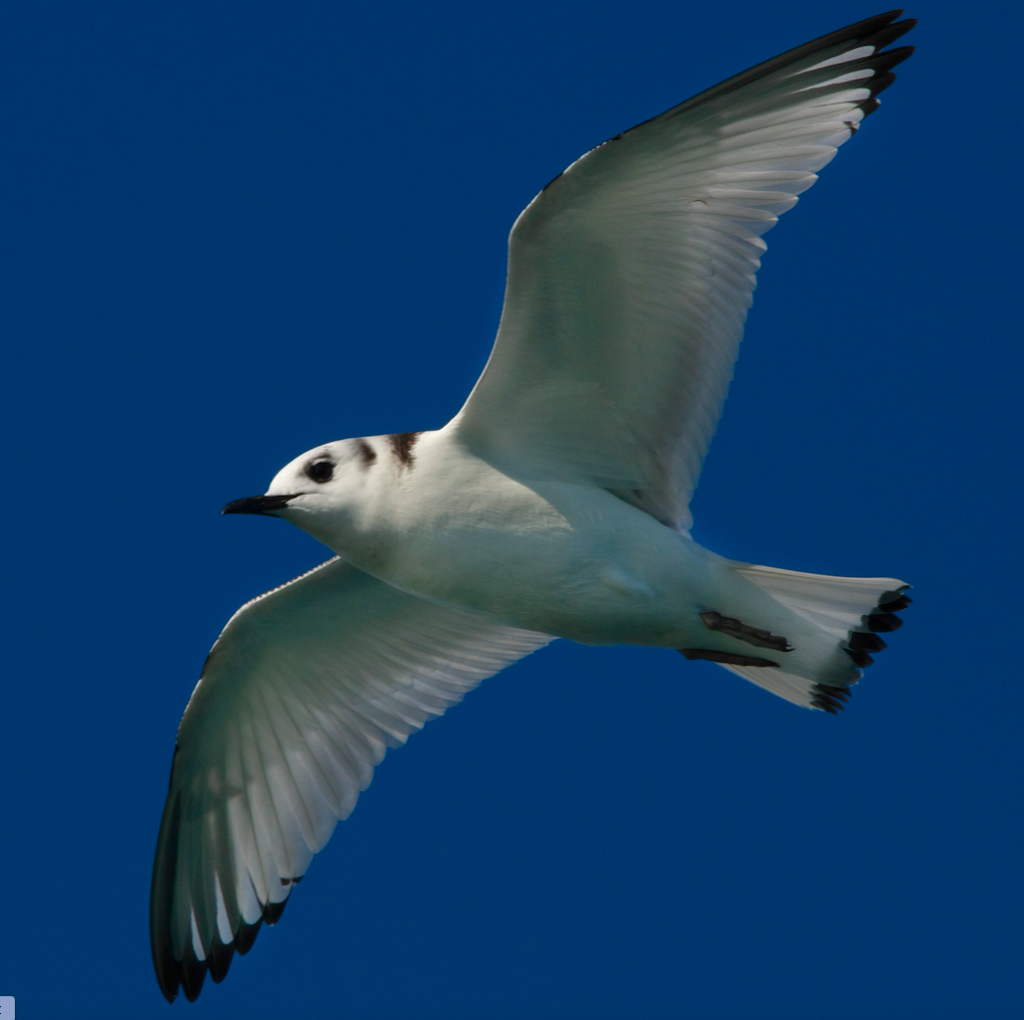
So why has this bird been enchanting onlookers in North Carolina over the past week?
To most folks it looks like any regular Gull that you’d see begging for a snack at the beach.
This guy is different though!
The reason why this is such a nice bird to spot on Wrightsville Beach is that Kittiwakes are true pelagic seabirds, spending virtually their entire lives on the open ocean, only touching down on solid grounds in the far North Atlantic, North Pacific, and Arctic regions during their nesting season.
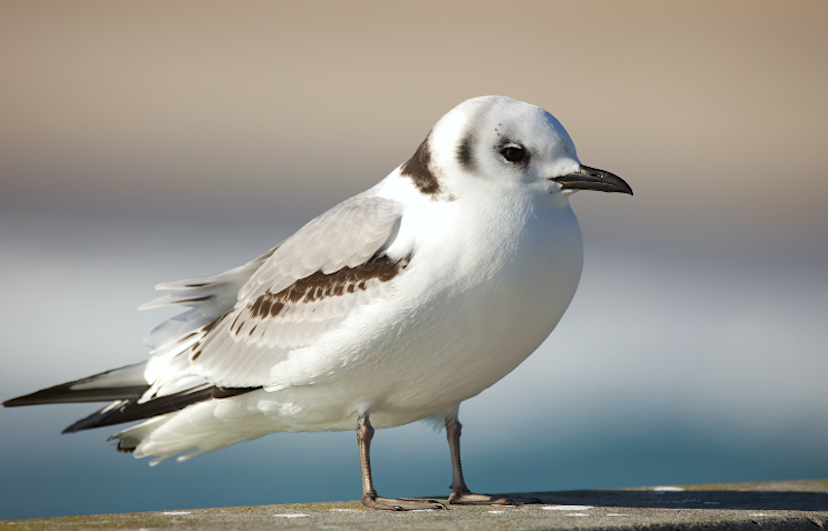
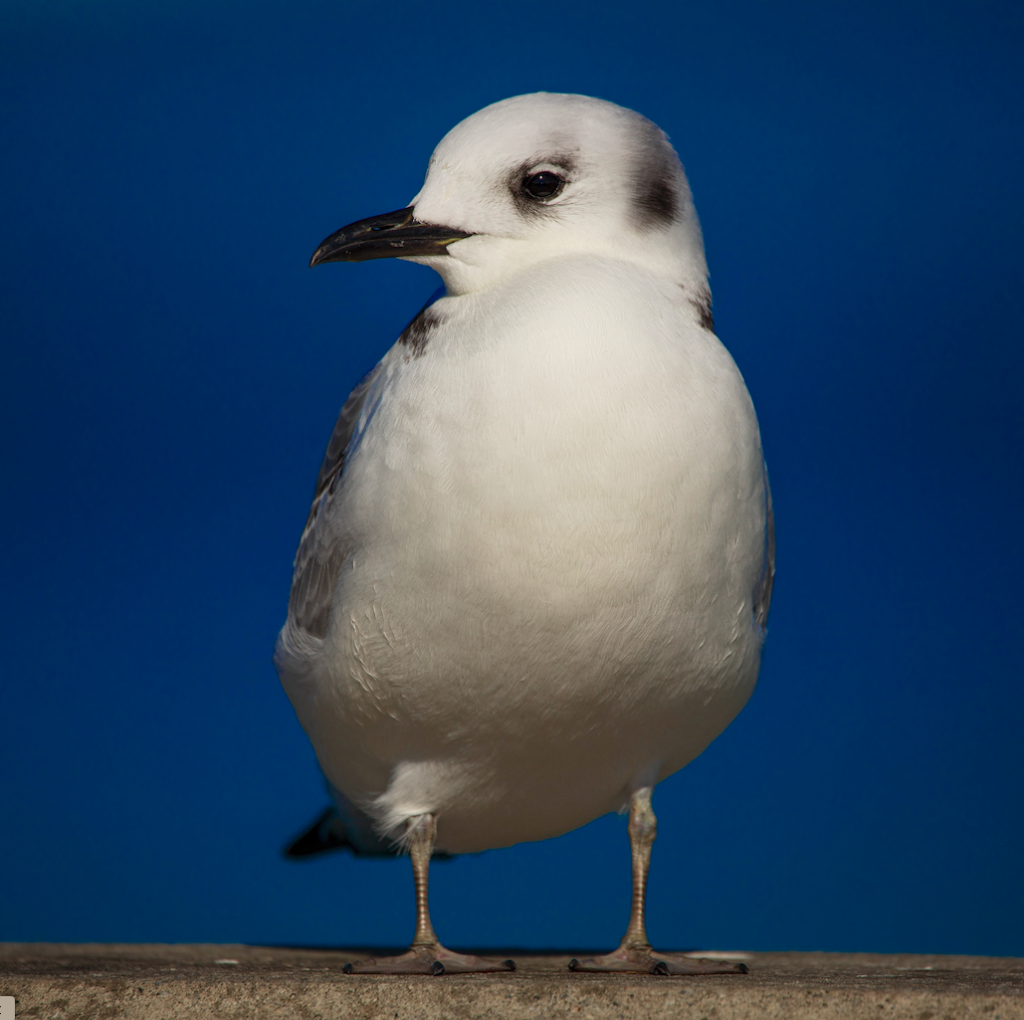

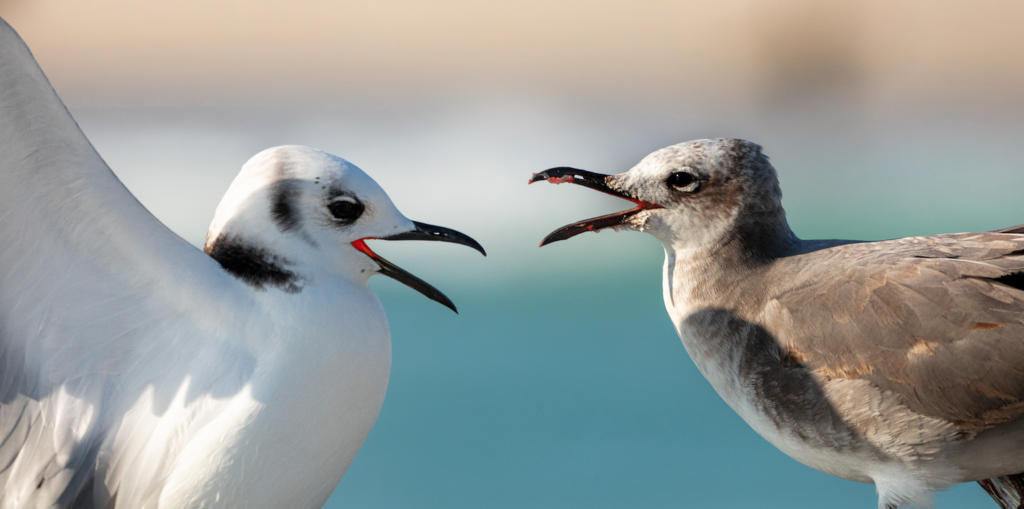
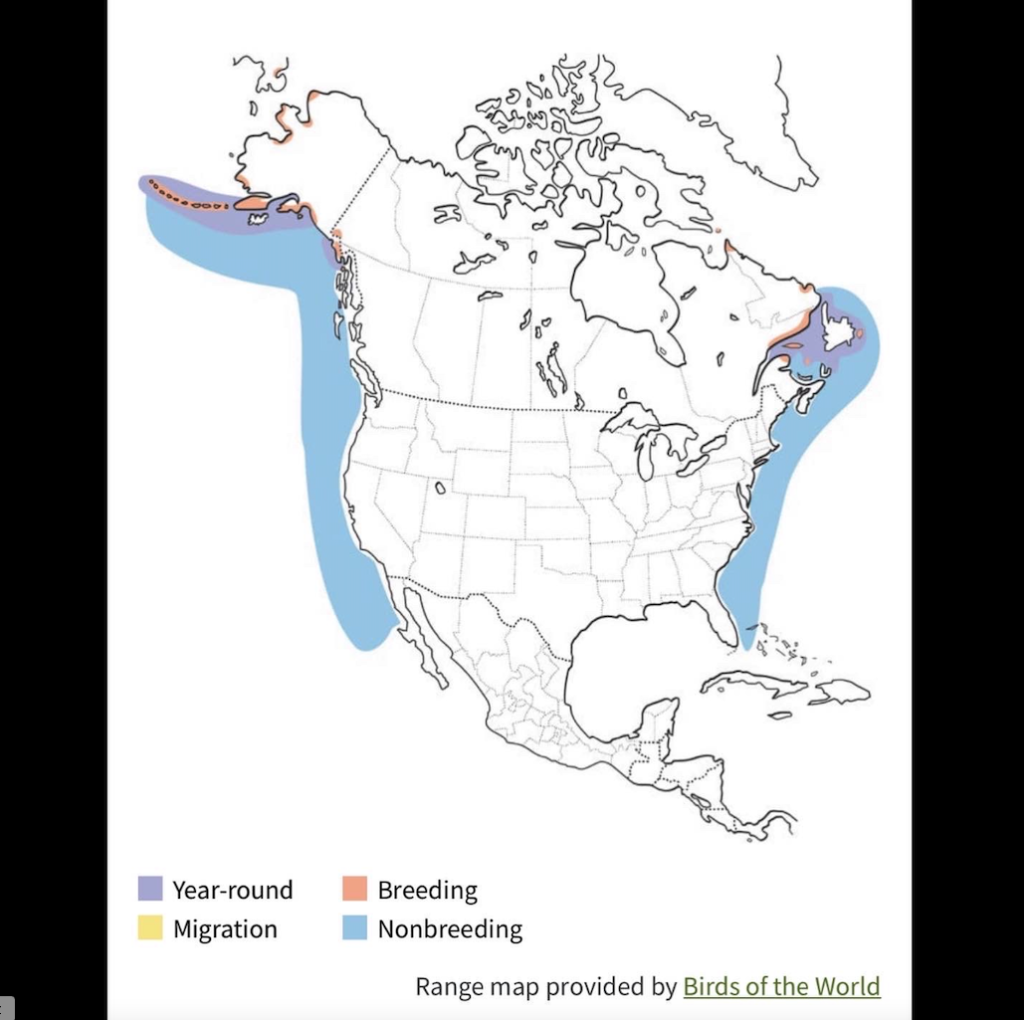
To actually see one up close, perched on a pier in North Carolina was truly a remarkable moment.
Oh and yessss it was a lifer to boot!
Wooohoo!
Photos by @sally_siko of @bestlife_birding on my mighty 50MP monster, the @canonusa #5Ds

